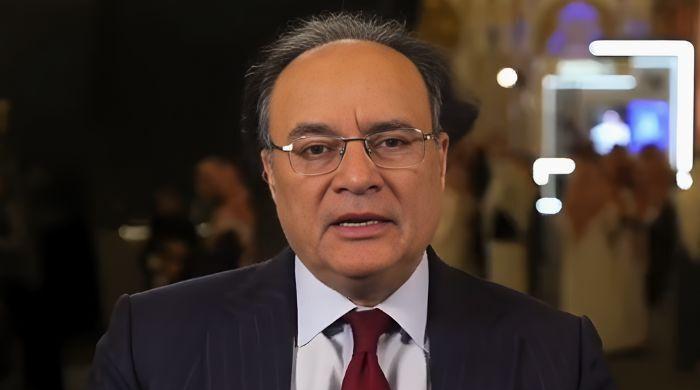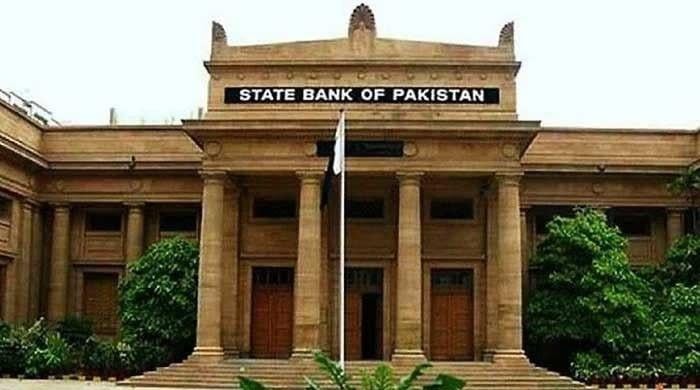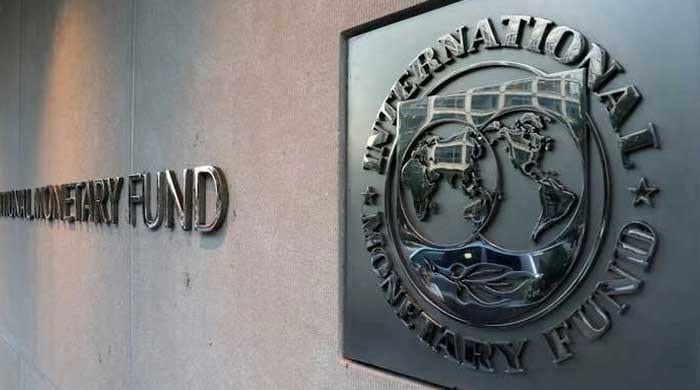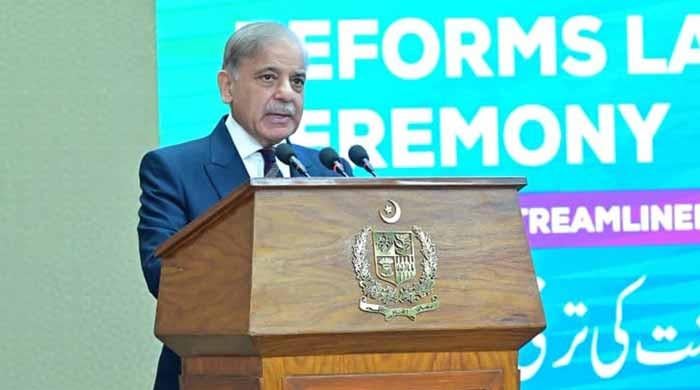Proposed pension tax in finance bill triggers alarm among retirees
Critics argue that proposed changes, if approved by Parliament, could effectively render commutation taxable
June 14, 2025
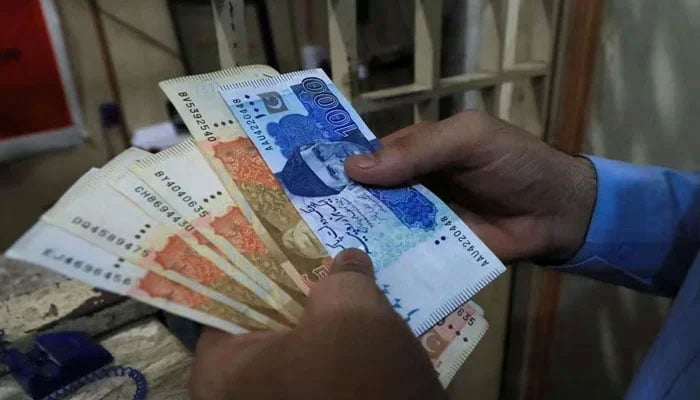
- Higher tax burden likely on those with lower annual incomes.
- Commutation needs thorough review in proposed changes in law.
- FBR was required to treat pension as separate block.
ISLAMABAD: A controversial proposal within the Finance Bill 2025-26 to tax pension income exceeding Rs10 million annually at a rate of 5% has sparked widespread concern and criticism among pensioners and tax experts alike.
Critics argue that the proposed changes, if approved by Parliament, could inadvertently lead to a higher tax burden for a broad spectrum of pensioners, including those with significantly lower annual incomes, and effectively render commutation taxable, The News reported on Saturday.
The element of commutation needs some thorough review in the proposed changes in the law because every officer of higher grades who gets the maximum limit in advance will have to pay increased tax amounts.
Dr Muhammad Iqbal, former member Federal Bureau of Revenue (FBR) Policy, voiced strong reservations, saying, "FBR ostensibly made changes in the tax regime applicable to pensions to tax pension income exceeding Rs10 million in a year, but ended up taxing the income of most of the pensioners drawing far less amount of annual pension at much higher rates."
At the heart of the debate is the proposed omission of Clause 12 of Part I of the second schedule to the Income Tax Ordinance.
As a result, the pension income, which has always been a part of salary income given the definition of salary income provided in section 12 of the Ordinance, and taxable at the rates applicable to salary income.
All that the FBR was required to do was to treat the pension as a separate block instead of subjecting it to the rates applicable to salary income.
It tried to do this by proposing to add a proviso at the end of Table II in Division I of Part I of the First Schedule. This Table provides the tax rates applicable to various slabs of income, ranging from 1% (which was now proposed upward from 1 to 2.5% in the cabinet) to a maximum of 35%.
The slab rate of 35% is applicable on annual salary income of Rs4.1 million.
The proviso proposed to be inserted through the Finance Bill reads as "Provided that the in case of an individual deriving income solely from pension, annuity, supplement to the pension or annuity and commutation of pension from former employer for tax year, the rate of tax on such annuity or pension income or commutation of pension shall be set out in the following table:"
The succeeding Table provides a flat rate of 5% on pension income exceeding Rs10 million in a year. What the drafters of this proviso did not realise was that the word "solely" used in the proviso made it inapplicable to all pensioners who have a source of income other than a pension.
Now, almost all pensioners have other sources of income, most commonly interest or profits from amounts kept in profit and loss accounts maintained in banks or savings schemes.




